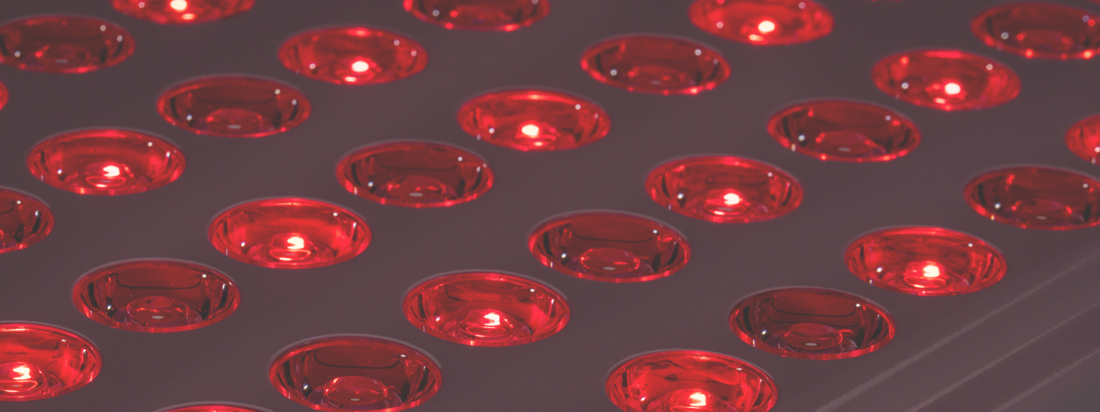
Red Light Therapy for Men’s Health: Boosting Blood Flow, Nerve Repair, and Performance
Share
At VascuVive, we believe your body has the power to regenerate and thrive—if you give it the right signals. One of the most promising tools to support that process is Red Light Therapy, also known as Photobiomodulation (PBM).
Whether you’re dealing with ED, diabetes-related performance issues, or even Peyronie’s disease, PBM is a powerful, drug-free way to support tissue repair, blood flow, and nerve function.
Let’s break down what the science actually says.
What is Photobiomodulation?
Photobiomodulation (PBM) uses specific wavelengths of light—typically red (around 660 nm) and near-infrared (NIR, around 830 nm)—to stimulate your body at the cellular level. The light penetrates deep into tissue, where it activates your mitochondria, boosts ATP production, reduces oxidative stress, and sets off a cascade of healing effects.
In short: it tells your cells to repair, grow, and get stronger.
Red + NIR Light Restores Erectile Function to Near-Normal
In controlled animal studies simulating nerve injury, researchers used a red and NIR LED device daily for five days after nerve crush injury. The results were astonishing:
- ✅ Erectile function was restored to 90% of normal levels
- ✅ Endothelial cell density increased
- ✅ Angiogenesis (new blood vessel growth) was activated
- ✅ Nerves regenerated, and neurotrophic growth factors skyrocketed
The combination of red and NIR light worked better than either wavelength alone.
In diabetic rats with ED (DMED models), NIR laser therapy improved structural tissue damage, mitochondrial function, and ultimately erectile performance.
These aren’t just cosmetic effects. These are deep, cellular-level repairs to blood vessels and nerves—exactly the systems that matter most for sexual health.
How Red Light Promotes Angiogenesis and Nerve Repair
PBM triggers several beneficial pathways:
- Increased VEGF and eNOS → New capillary formation and improved blood vessel dilation
- Upregulated NGF, NT-3, and BDNF → Powerful neuroprotective and regenerative factors
- Phosphorylated PI3K pathway activation → Cell survival and growth
- Reduced apoptosis → Fewer cells die off
- Higher cell proliferation → Faster repair and regeneration
This is why we believe PBM should be a foundational tool for angiogenesis and vascular health.
What About Peyronie’s Disease?
While research here is earlier-stage, clinical studies combining low-intensity shockwave therapy (LiSWT) and low-level laser therapy (LLLT) have shown:
- ✅ Significant reduction in pain during erection
- ✅ Measurable reduction in penile curvature
- ✅ Improvements in sexual satisfaction and activity
Though some trials lacked precise PBM parameter reporting, the positive clinical outcomes suggest real potential for PBM in breaking down fibrotic plaques and restoring normal structure.
How This Applies to You
If you’re someone exploring VascuVive, you already care about circulation, recovery, and performance. Red Light Therapy can become a cornerstone of your routine—whether you’re using it to:
- Improve blood flow for Angion Method-style training
- Support recovery from overtraining or injury
- Address mild to moderate ED
- Explore natural therapies for Peyronie’s or diabetic neuropathy
Final Thoughts from Lucas Valtor
Photobiomodulation isn’t hype. It’s a deeply studied, non-invasive modality that helps your body do what it’s already designed to do: heal, regenerate, and optimize.
While more human trials are always needed, the data we have today is strong—and growing. And when combined with methods like Angion, mechanical stimulation, or targeted supplements, the results can be life-changing.
Ready to level up your vascular health?
Explore our Getting Started Guide or check out the latest blog posts to keep learning.
Stay vital,
Lucas Valtor
Founder, VascuVive
